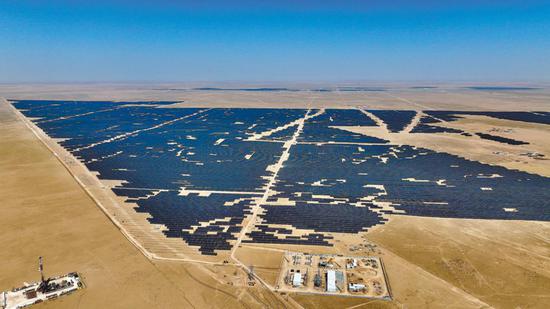
The Mengxi Otog Front Banner Photovoltaic Base project is located near the Mu Us Desert. (CHINA DAILY)
China's non-fossil energy share may need to keep an annual growth of 1 percentage point in the upcoming 15th Five-Year Plan (2026-30) period to achieve the country's goal of 25 percent non-fossil energy consumption by 2030, which opens opportunities for solar power companies amid industrial adjustment, said experts and business executives.
Meanwhile, despite trade barriers in Europe and the United States, new markets such as the Middle East, South Asia, Latin America and Africa boast excellent resources and immense potential demand for solar energy, presenting new overseas opportunities for Chinese photovoltaic firms, said Tao Ye, a researcher at the energy research institute under the National Development and Reform Commission.
These remarks came as the industry undergoes adjustments and faces numerous challenges such as temporary supply and demand imbalances and market mismatches, which have led to rapid price declines across the industry. While solar demand remains high, its growth has slowed slightly.
However, experts and business executives said that these temporary market mismatches will not alter the industry's growth.
"The consensus reached at the 2023 COP28 United Nations Climate Change Conference in Dubai called for tripling global renewable energy capacity by 2030. Estimates from the International Renewable Energy Agency showed that global renewable energy capacity must exceed 11 billion kilowatts by 2030 to reach the 1.5 C target, with an average annual increase of 1.04 billion kW from 2024 to 2030. This includes 360 million kW of wind power and 578 million kW of solar power each year," Tao said.
The 1.5 C target, established in the 2015 Paris Agreement, aims to limit global warming to no more than 1.5 C above preindustrial levels by 2100.
"The global penetration of photovoltaics is increasing, but there are significant differences between countries and regions. Over 66 percent of countries and regions have a PV power generation share below 5 percent. Regions such as the Middle East, South Asia, Latin America and Africa possess excellent resources and enormous potential demand for PV development," Tao added.
Chinese companies, with their rapidly evolving technologies, cost-effective facilities and large-scale production advantages, will play a crucial role in this process, he added.
Data from Sinolink Securities showed that January-June solar battery and module exports totaled 157.7 gigawatts, up 34 percent year-on-year.
Yao Yao, chief analyst and managing director of Sinolink Securities, said exports of batteries and modules to emerging markets showed rapid growth.
"In June, module exports reached 23.7 GW, with Pakistan doubling on a monthly basis to 1.9 GW, Saudi Arabia at 1.7 GW and India at 1.1 GW. Cell exports to India also saw significant growth of 52 percent month-on-month, reaching 3.4 GW in June."
Lu Chuan, chairman of Chint Solar based in Zhejiang province, expressed optimism regarding the industry's prospects, projecting a compound annual growth rate of over 8.7 percent in the renewable energy market in the next five years.
"Temporary supply-demand mismatches won't halt the rapid growth of the solar power sector. Today the industry has become one of the most affordable new energies embracing the global market. We called for further efforts to stabilize domestic PV installation market expectations as well as make clearer policies on PV land use and the integration of PV projects with forests, grasslands and marine areas to ensure smooth project implementation," Lu said.
Additionally, he advocated for the participation of renewable energy in the power trading market, leveraging effective market mechanisms to promote its consumption and sustainable development of the industry.
"Furthermore, it is important to strengthen industrial chain coordination and information sharing on capacity utilization and market demand to avoid redundant capacity construction and blind expansion, in order to promote healthier industry development," he said.












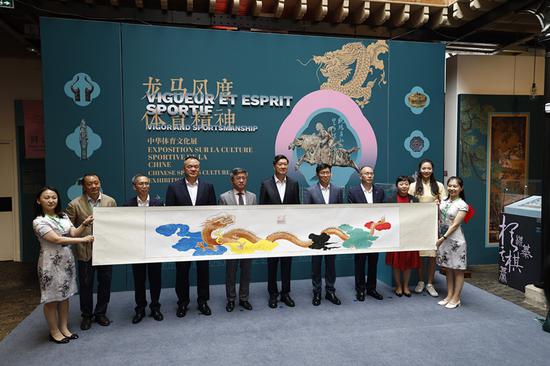



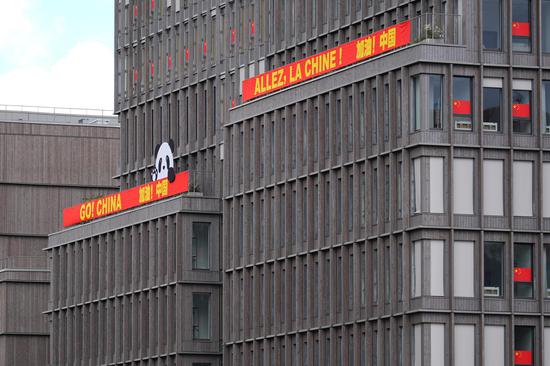
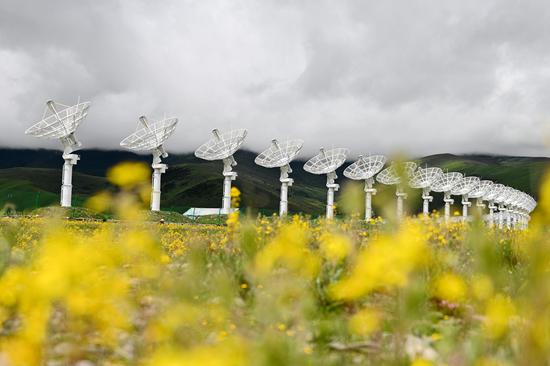










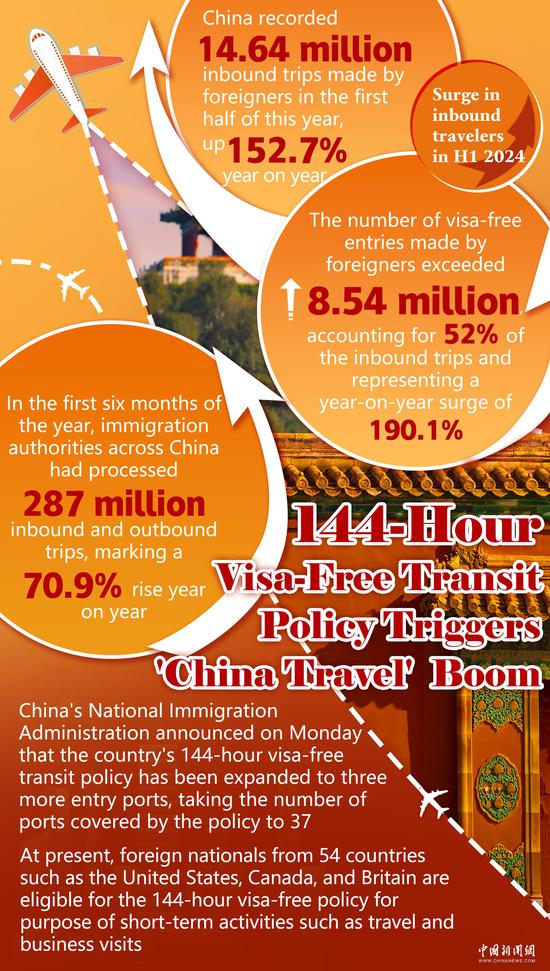








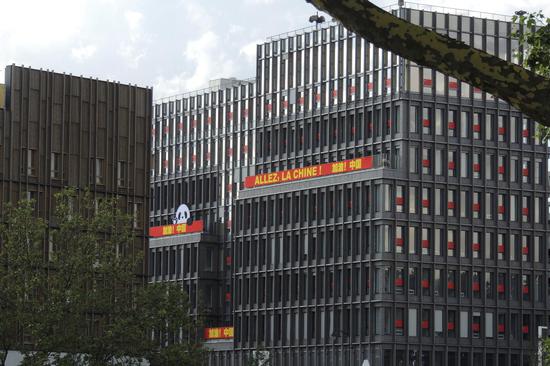




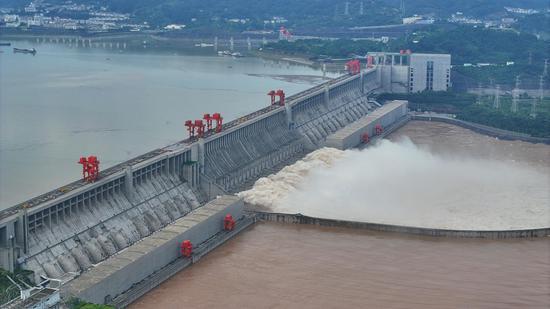



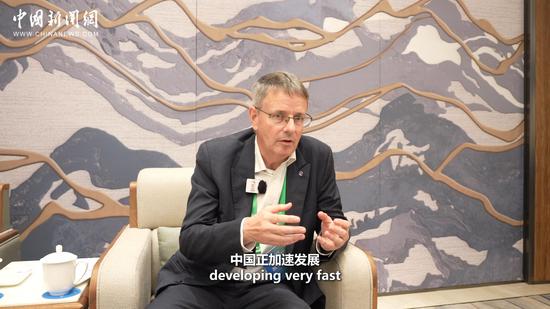



 京公网安备 11010202009201号
京公网安备 11010202009201号